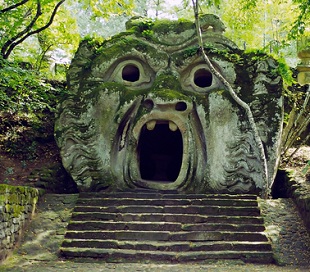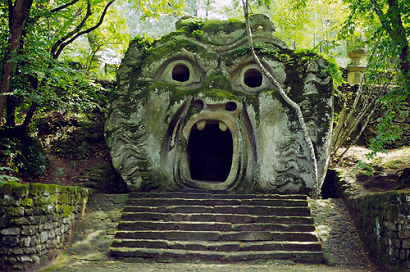
Three family days out in Italy
Italy might be synonymous with high culture, ancient remnants, quality cuisine and a luscious landscape of valleys, forests and citrus groves as far as the eye can see, but there is plenty on offer for a fantastic family holiday.
From the fertile plains of Tuscany to the archaeological highlights of Lazio, Italy is brimming with sights, activities and excursions that all the family will cherish and remember.
Take a look at three family days out in Italy.
Pinocchio Park of Collodi, Northern Tuscany
It was in the village of Collodi that Pinocchio’s creator, Carlo Collodi, came up with his pen name. Collodi is the birthplace of Carlo Collodi’s mother. From Pinocchio Park the adventures of the little wooden boy whose nose grew bigger each time he told a fib comes to life.
A winding path meanders through the village of Pinocchio, stumbling across various statues of characters from the classic tale. This fun and novel park is home to a theatre for puppet shows, an amusement park for smaller children, a snack bar, museum and gift shop – a must see for Pinocchio fans, young and old.
The stunning hillside village of Collodi is located 17 kilometres to the north-east of Lucca in Tuscany.
Bomarzo Monster Park, Northern Lazio
The terrifyingly fictitious world of monsters never fail to rivet the imaginations of people of all ages. Ignite the monster appetite of your family by taking a trip to the town of Bomarzo, where you’ll find Monster Park.
This sprawling mythical park is home to a myriad of huge stone monsters, including a three-headed dog guardian of the gates of hell and a sleeping nymph guarding her dog. With a tilting house, Hannibal’s fortified elephant and a winged dragon at play, this captivating park gives insight into the dark and magical world of monsters.
The Mummies of Ferentillo
The village of Ferentillo in southern Umbria might be tiny and inconspicuous but it clings onto a dark and intriguing secret.
Below the Church of Santo Stefano are buried bodies which have been preserved by a rare microfungus that attacked the corpses and turned them into eternal mummies. At the bottom end of the church, which is now a mummy museum, some of the best-preserved mummies in Europe are on display.
The Church of Santo Stefano was built in the 15th century. The lower part of the church was used as a burial ground for almost four centuries from 1500. It was here the mummies were discovered. Some of the mummies have their beards, hair and even their teeth intact – a fascinating excursion for all the family to enjoy.



